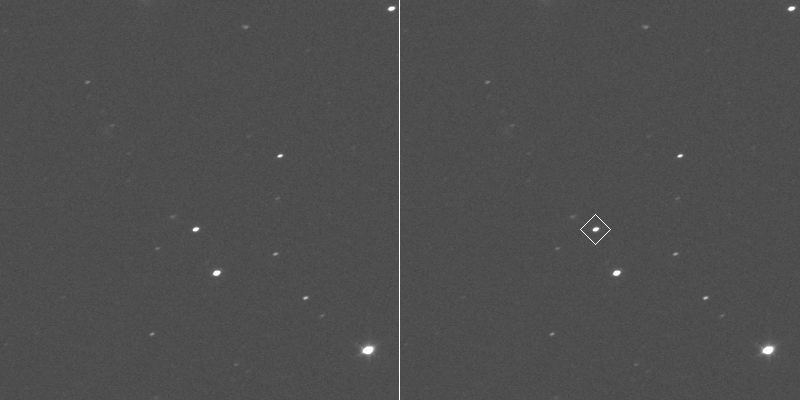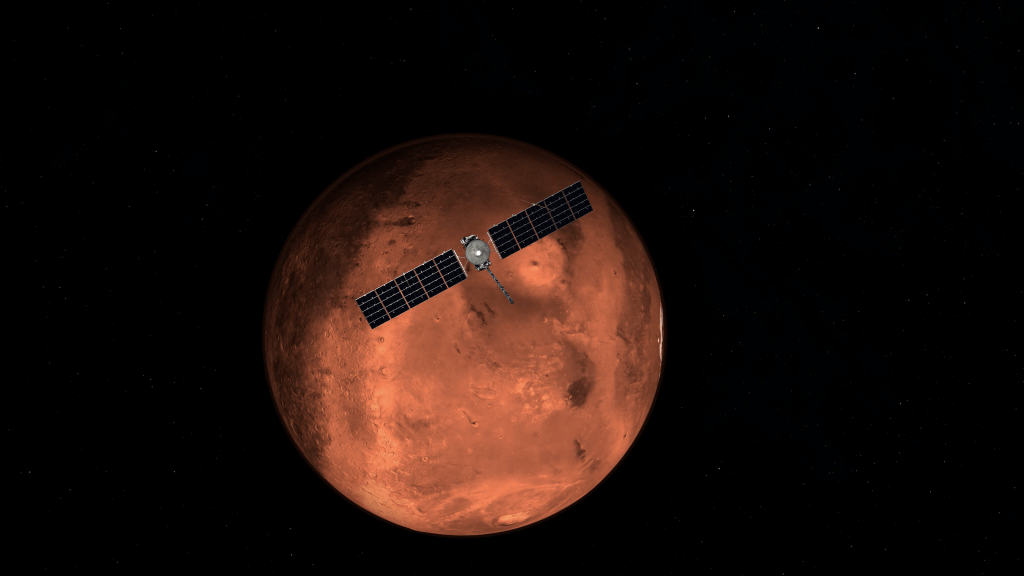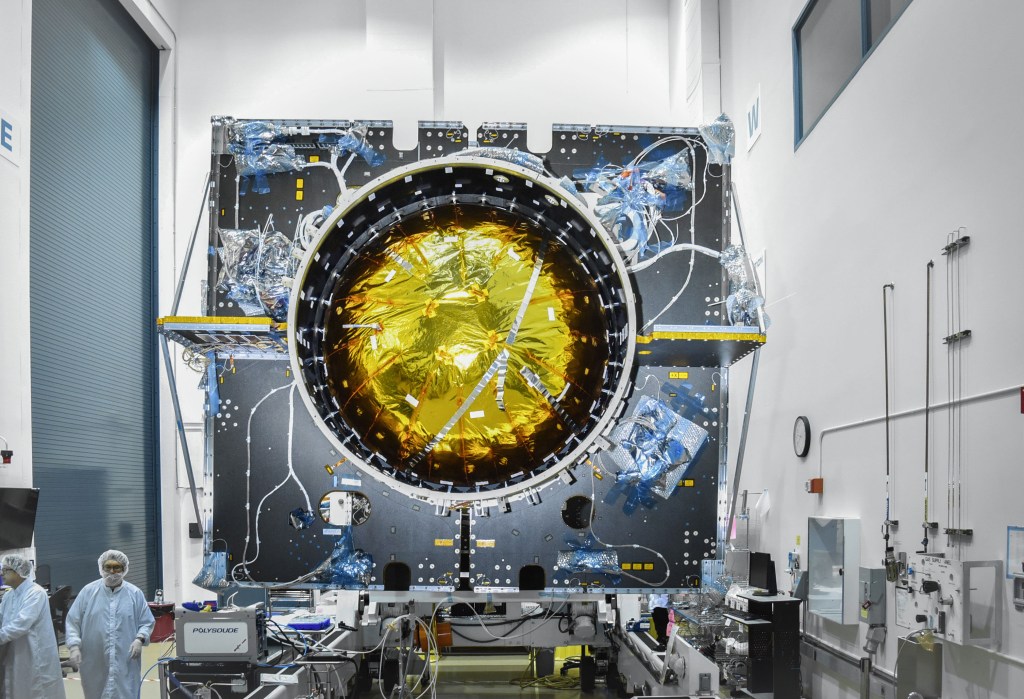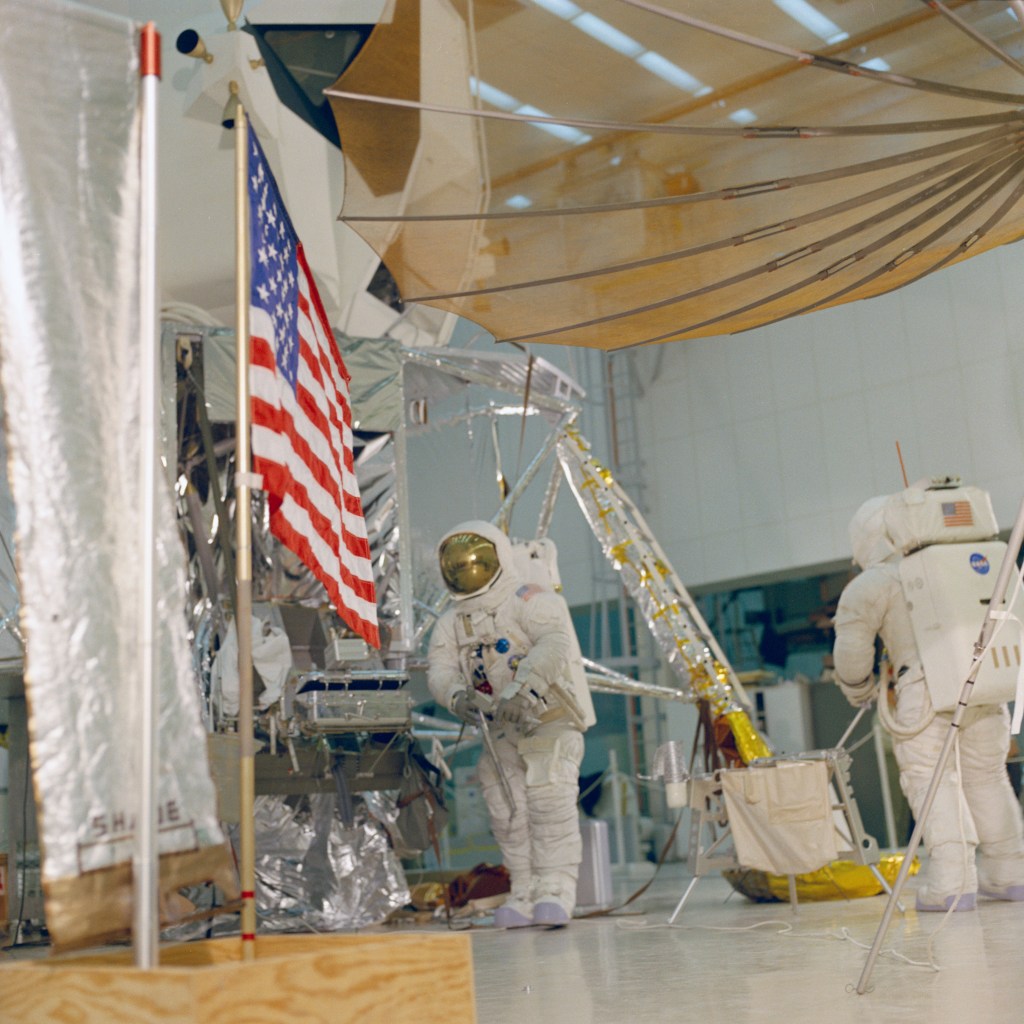Enceladus Curtains: Comparing Data and Simulation
| PIA Number | PIA19061 |
|---|---|
| Language |
|
Researchers modeled eruptions on Saturn's moon Enceladus as uniform curtains along prominent fractures that stretch across the icy moon's south pole. They found that brightness enhancements appear as optical illusions in places where the viewer is looking through a "fold" in the curtain. The folds exist because the fractures in Enceladus' surface are more wavy than perfectly straight. The researchers think this optical illusion is responsible for most -- but not all -- of what appear to be individual jets. Some discrete jets are still required to explain Cassini's observations.
Phantom jets in simulated images produced by the scientists line up nicely with some of the features in real Cassini images that appear to be discrete columns of spray. The correspondence between simulation and spacecraft data suggests that much of the discrete-jet structure is an illusion.
Curtain eruptions occur on Earth where molten rock, or magma, gushes out of a deep fracture. These eruptions, which often create spectacular curtains of fire, are seen in places like Hawaii, Iceland and the Galapagos Islands.
See PIA19060 for a related image.
The Cassini-Huygens mission is a cooperative project of NASA, the European Space Agency and the Italian Space Agency. NASA's Jet Propulsion Laboratory, a division of the California Institute of Technology in Pasadena, manages the mission for NASA's Science Mission Directorate, Washington. The Cassini orbiter and its two onboard cameras were designed, developed and assembled at JPL. The imaging operations center is based at the Space Science Institute in Boulder, Colo.
For more information about the Cassini-Huygens mission visit http://saturn.jpl.nasa.gov and http://www.nasa.gov/cassini. The Cassini imaging team homepage is at http://ciclops.org.
Credit:NASA/JPL-Caltech/Space Science Institute/Planetary Science Institute
























